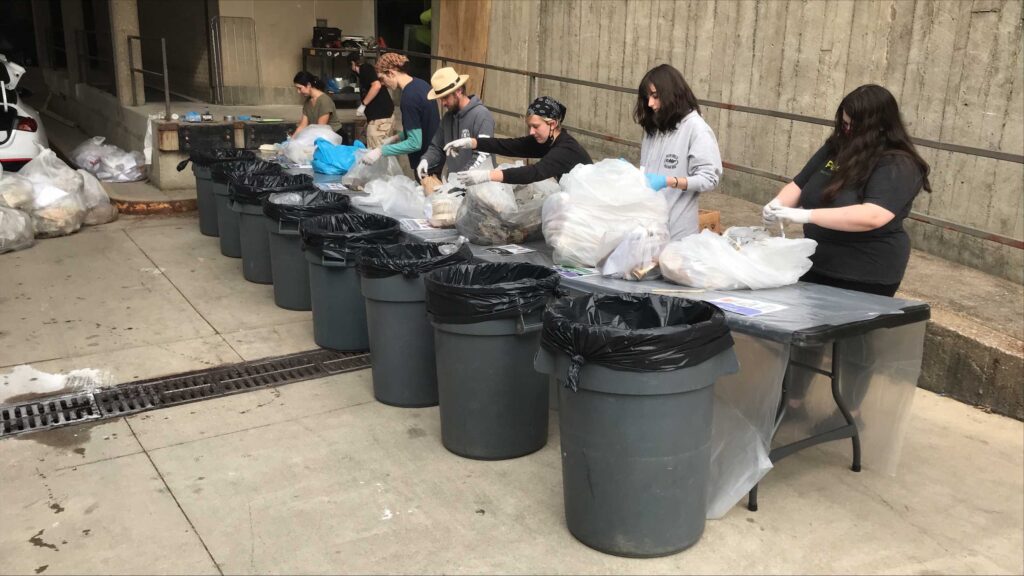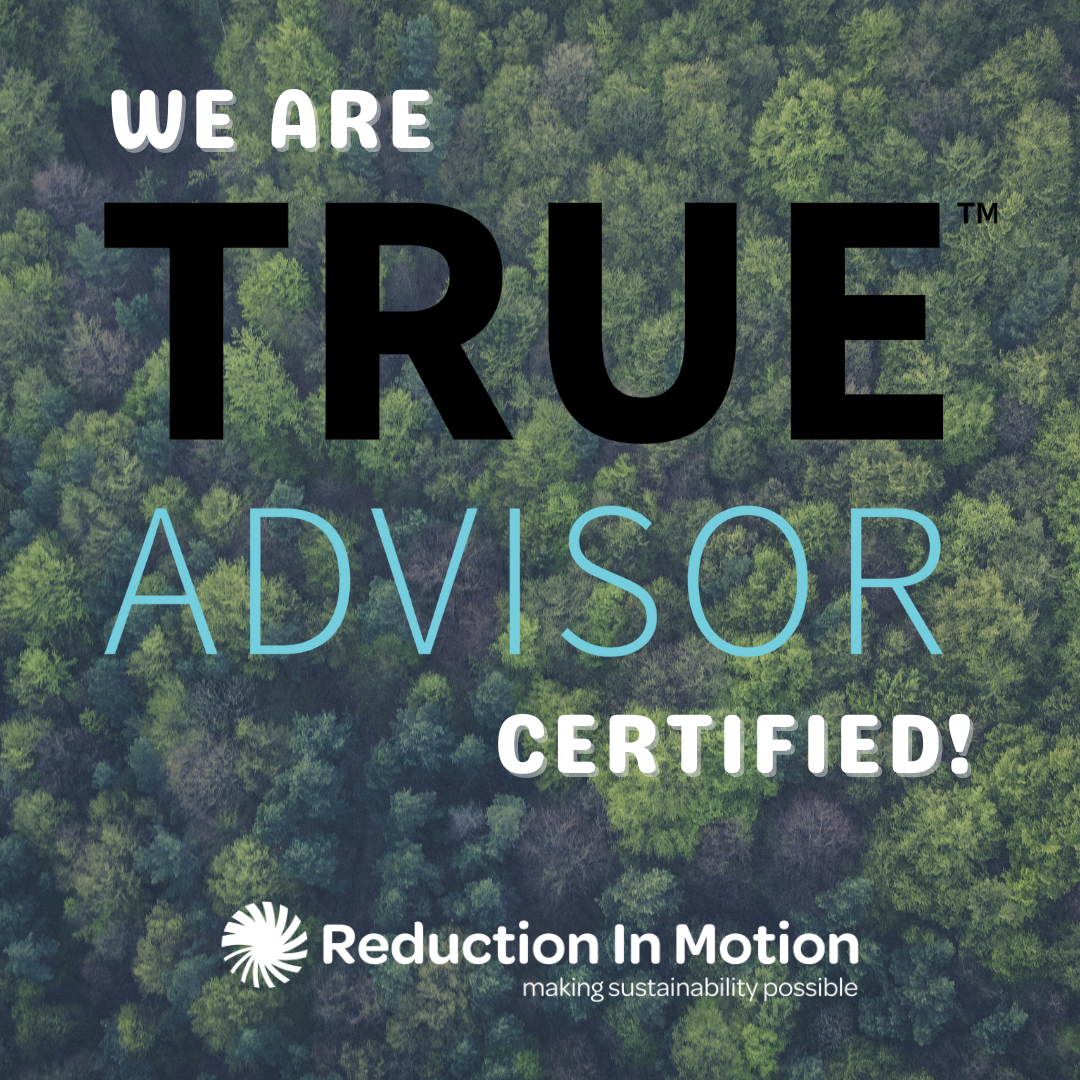Waste Audit Overview
A waste audit evaluates disposal practices, output, and trends. It defines and quantifies waste reduction and diversion. This helps organizations by showing them where they are doing well, and where they can improve.

Benefits of Waste Audits
- Gain insight into waste disposal patterns
- Identify contamination sources
- Uncover overlooked recycling prospects
- Gather data to inform policies, plans, and projects
- Use visual aids for education and training purposes
- Track progress toward waste diversion objectives
- Verify information provided by waste management services
- Fulfill reporting requirements per jurisdictional regulations
Planning a Waste Audit:
A well-designed waste audit should provide evidence to support organizational goals without being overly focused because it lacks a broader context for informed decision-making. The audit may involve weighing and categorizing trash into customized or pre-defined categories, such as those outlined by certification standards like LEED or TRUE (See True Advisors).
Auditors typically weigh waste both before and after sorting to assess contamination and missed opportunity rates. Furthermore, we believe that the audit should be accompanied by an assessment of waste containers, signage, housekeeping practices, dock operations, and hauling equipment to provide actionable recommendations for program enhancements. This offers added insight into 'why' things may be sorted a certain way and potential 'how' or capabilities to address those findings.
Types of Waste Audits:
- Visual Waste Audit: Involves visual observations of waste disposal practices, assessing volume, contamination levels, and contents of waste bins without hand-sorting.
- Waste Sort Audit or Waste Composition Study: A traditional audit entails collecting waste over a specified timeframe, weighing it as generated, manually sorting it into categories, and then weighing the sorted material per category. Categories may align with existing recycling programs or be determined by material types or certification criteria.
- Waste Audit for LEED or TRUE Certification: These certifications have specific guidelines for waste audits, including requirements for sorting waste into market categories, conducting audits over extended periods, and following stringent protocols. Professional assistance is recommended due to the complexity of these audits.
Waste Program Assessment:
Whereas our waste audits only evaluate waste composition. A waste program assessment goes beyond to evaluate the following: waste flow, policies, procedures, training, equipment, and vendor relationships. These assessments should adhere to recognized best practices and may involve on-site inspections, interviews, and document reviews.
Waste Audit Process and Tips:
- Define objectives beforehand
- Obtain necessary approvals for waste sorting locations
- Get familiar with the sorting process and materials
- Think about conducting multiple small-sample audits
- Establish and follow safety measures (such as wearing gloves or other PPE)
- Consider selecting specific locations or departments and sorting accordingly
- Assign someone to record data and take photos
- Stick to certification guidelines, if applicable
- Ensure staff is ready and available to facilitate audit
- Consult an expert for help and guidance when needed
Helpful Links
Leed Certification Insights Blog
Want to Read More about the LEED Certification and Our insights?
USGBC LEED WASTE Specifics
Read about the U.S. Green Building Council LEED Certification Specifics.

